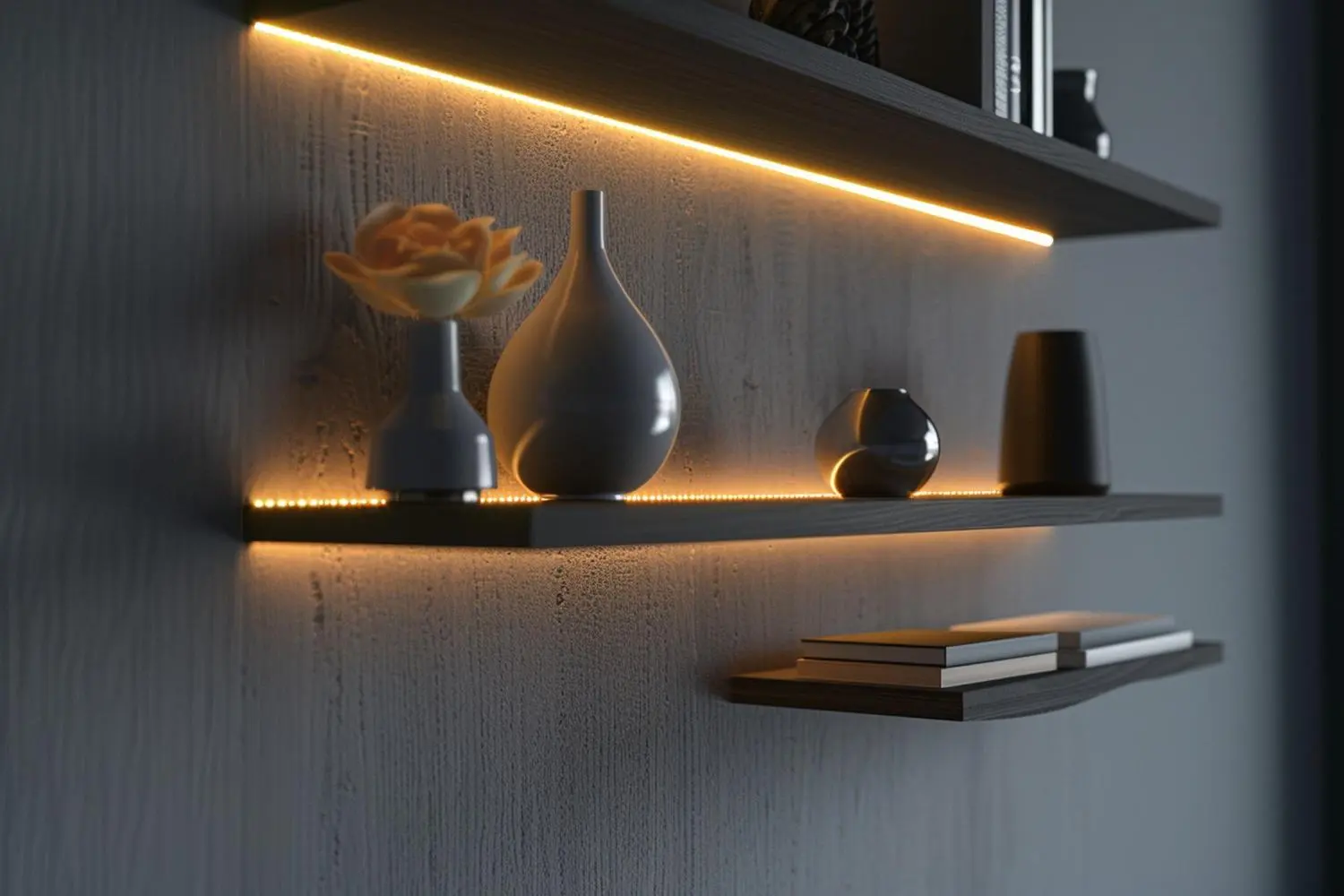
The Ultimate Guide to Built-In Shelf Lighting
Explore guide to built-in shelf lighting. Learn about LED strips, puck lights, recessed lights, tape lights, and their installation tips for perfect ambiance.
Lighting in a DJ setting isn’t just about visibility. It’s about creating an experience. Imagine attending a live DJ performance. The beats are pulsating, and the crowd is energetic. Now, add flashing strobe lights, synchronized with every beat drop, and colors dancing with the rhythm. Instantly, the atmosphere transforms. The energy amplifies. This is the power of lighting in DJ performances. It elevates an event from just music to an unforgettable visual and auditory spectacle. In this guide, we’ll dive deep into the world of DJ lights, exploring their significance and how they’ve become an essential tool for DJs everywhere.
DJ lighting has come a long way from its modest beginnings.
In the early days, simple spotlights and iconic glittering disco balls were the mainstay. These devices added a touch of flair and drama to parties and discos but were limited in their dynamism.
As technology progressed, we saw the rise of intelligent lights. These lights could move, change colors, and even project patterns, allowing DJs to have more control over their visual presentations.
The advent of LEDs brought a seismic shift. With their energy efficiency, vibrant colors, and longevity, LEDs have become the go-to for modern DJ lighting setups. They also introduced the possibility of synchronized light shows, where lights change and move in perfect harmony with the music.
Now, with advancements in technology, DJ lights can be controlled remotely via apps, integrated with other tech tools, and even respond autonomously to the rhythm and beats of the music. The possibilities seem endless as we move into an era where lighting not only complements the music but also enhances the overall sensory experience.
For a DJ, mastering the art of lighting is as crucial as curating the perfect playlist. Different lights play unique roles in enhancing the musical experience.
Moving headlights are versatile fixtures that can pan and tilt, offering dynamic movement options. They can be programmed to follow certain patterns, making them perfect for dynamic performances where lights need to sweep across the stage or audience.
These are the pulse of any high-energy dance floor. Strobe lights emit quick flashes of light, creating a freeze-frame effect that adds unique energy and excitement to the environment. They’re a staple in clubs and dance events, especially during peak moments of a DJ set.
Gobos are templates that, when placed in front of a light source, project specific patterns or images onto a surface. DJs use them to add a touch of branding or thematic design to their performances. Spotlights, on the other hand, focus a beam of light onto a specific area, perfect for highlighting the DJ, a dancer, or any focal point of the event.
While some lights are all about energy and movement, uplighting is about creating a mood. Positioned on the ground and aimed upwards, they can transform a venue’s walls or ceilings with washes of color. These lights set the ambiance, helping to craft the overall vibe of the venue – be it romantic, serene, or even mysterious.
Lighting does more than just illuminate a space; it sets the mood and can significantly affect our emotions and energy levels. In the vibrant world of nightlife, understanding the psychology behind lighting choices is key to creating unforgettable experiences.
Color Psychology plays a pivotal role. Warm hues like reds and oranges spark excitement and passion, making them perfect for the dance floor. On the other hand, cool blues and purples can create a relaxed, sophisticated vibe, ideal for lounge areas.
Lighting Intensity also shapes the atmosphere. Dim lights invite intimacy and mystery, encouraging closer interactions among guests. Bright, dynamic lighting, however, fuels the energy of a party, keeping the crowd lively and engaged.
Dynamic Lighting adds an extra layer of engagement. Moving lights and strobes, synchronized with the music, not only captivate the audience but also enhance their connection to the rhythm and flow of the night.
Synchronization with Music is where magic happens. The right lighting changes, timed perfectly with beats or dramatic moments in the music, can elevate the emotional impact, making every beat drop or melody shift a visceral experience.
Understanding The Power of Lighting in nightlife isn’t just about technical know-how; it’s about crafting an atmosphere that resonates on an emotional level. DJs and venue operators who master this can transform a good night out into an extraordinary, sensory-rich experience that guests will remember long after the lights come back on.
When lights dance in tune with music, they elevate the performance, turning it into a multisensory extravaganza. Let’s delve into how DJs masterfully synchronize their beats with vibrant light shows.
At the heart of a great light show is the rhythm. Lighting software and controllers often have beat detection, which allows lights to flash, fade, or move in harmony with the music’s tempo. When every light flash corresponds to a beat drop, it intensifies the audience’s connection to the music.
Some DJs prefer pre-programmed light sequences, especially for set pieces or specific tracks. Automated systems can flawlessly execute complex sequences, ensuring consistency. On the other hand, manual control offers spontaneity, letting the DJ adjust the lighting vibe based on the crowd’s energy.
DMX (Digital Multiplex) is a communication protocol that allows DJs to control and coordinate lights. With a DMX controller, a DJ can specify which light does what, and when. It’s the backbone of any synchronized light show, granting the DJ the power to paint the venue with lights, tailored to each song’s mood.
It’s not just about the movement; it’s also about the hue. Different songs evoke different emotions, and color plays a pivotal role in this. A serene track might pair with cool blues or gentle purples, while an energetic song might burst with reds and oranges. The seamless transition of colors in tune with the music’s ebb and flow can be a mesmerizing experience for the audience.
Setting up your own DJ lighting system can be both thrilling and challenging. For budding DJs looking to make a visual impact, here’s a beginner’s guide to kickstart your journey into the luminescent world of DJ lighting.
Remember, lighting is an extension of your DJ persona. It amplifies your music, sets the mood, and creates an unforgettable experience. So, take your time, do your research, and let your lights shine as brightly as your beats!
For a DJ, lights are more than just tools of the trade – they’re an integral part of the performance. To ensure they keep shining brightly night after night, regular maintenance and care are crucial. Let’s delve into some essential tips to keep your DJ lights in pristine condition.
Proper maintenance not only ensures that your lights continue to operate efficiently but also extends their longevity. After all, a well-maintained light show ensures that you keep dazzling your audience, gig after gig!
DJ lighting, like every other aspect of entertainment technology, is constantly evolving. As we stand at the cusp of new technological advancements, the world of DJ lighting promises even more immersive and captivating experiences. Let’s explore some emerging trends and innovations shaping the future of DJ lights.
Predictive Lighting: Leveraging machine learning, future DJ lights might predict and sync with beats even before they drop. This can result in ultra-responsive light shows that resonate perfectly with the music.
Interactive Visuals: With AR glasses becoming more common, DJs might soon project augmented visuals that audiences can interact with, elevating the clubbing or event experience to a new level.
Energy-Efficient Lights: As sustainability becomes a focal point, more DJ lighting systems will shift towards energy-efficient models, reducing their carbon footprint.
Gesture-Based Controls: Imagine DJs controlling lights with mere hand gestures or movements, eliminating the need for traditional consoles entirely!
Holodecks: Building upon holographic technology, DJs could soon be accompanied by 3D holographic visuals that dance and interact with the music, turning their set into a visual masterpiece.
IoT in Lighting: DJ lights of the future might seamlessly connect with other smart devices in a venue, creating a cohesive experience. For instance, smart wearables in the audience could sync with the lights, pulsating to the beat.
360-Degree Lighting Experiences: Instead of just focusing on the stage, advanced lighting setups might soon encompass the entire venue, making everyone feel like they’re at the heart of the performance.
The horizon of DJ lighting is beaming with potential, poised to redefine how we perceive stage performances. With these advancements, DJs will not just play music; they’ll craft comprehensive sensory journeys that audiences will remember for years to come.
Navigating the illuminating world of DJ lighting might lead to a few questions. Let’s shed light on some of the most common queries about this essential aspect of stage performances.
DJ lights serve multiple purposes: they enhance the overall ambiance, elevate the audience’s mood, and synchronize with the music to provide a complete audio-visual experience. They can accentuate beats, create energetic vibes, or set a specific tone or mood for different tracks.
While not strictly necessary, lighting significantly enhances DJ performances. It adds a visual element to the auditory experience, making events more immersive and memorable. For professional setups and larger events, a proper lighting system is highly recommended.
DJs typically use a combination of lights, including moving heads, strobe lights, gobos, spotlights, and uplighting, among others. The specific needs depend on the venue, the audience, and the type of performance or event.
Intelligent lighting refers to lights that can be controlled remotely, usually through DMX controllers. They can change colors, move in patterns, and synchronize with music beats. These lights offer greater flexibility and can be programmed to create intricate visual displays.
Lighting on stage serves both functional and aesthetic purposes. Functionally, it ensures performers are visible. Aesthetically, it can set the mood, emphasize specific moments or beats, and enhance the overall visual appeal of a performance. Proper lighting design can make or break a show, guiding the audience’s attention and shaping their experience.
As the final beats fade and the lights dim, it’s undeniable that DJ lights have become an integral part of the modern musical landscape. They’re more than just visual accompaniments; they’re the pulse, the heartbeat that synchronizes with every rhythm, every drop, every crescendo. From their humble beginnings to the state-of-the-art systems we see today, DJ lights have truly revolutionized how we experience music. Whether you’re an audience member lost in the moment or a DJ orchestrating that experience, these lights elevate every moment, making it not just heard, but felt. As we look ahead, with technology continually advancing, one can only imagine the even more mesmerizing experiences awaiting us in the world of DJ lighting.

Explore guide to built-in shelf lighting. Learn about LED strips, puck lights, recessed lights, tape lights, and their installation tips for perfect ambiance.
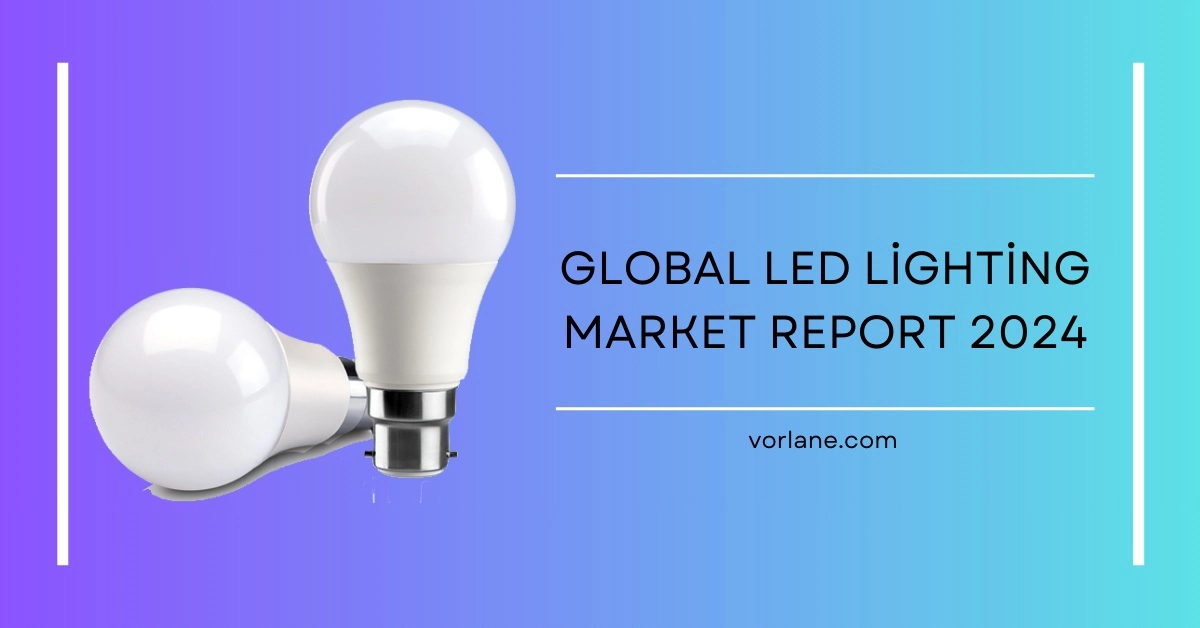
Explore the Global LED Lighting Market Report 2024 for insights on trends, growth drivers, and key players in the industry, including product segment and geographic
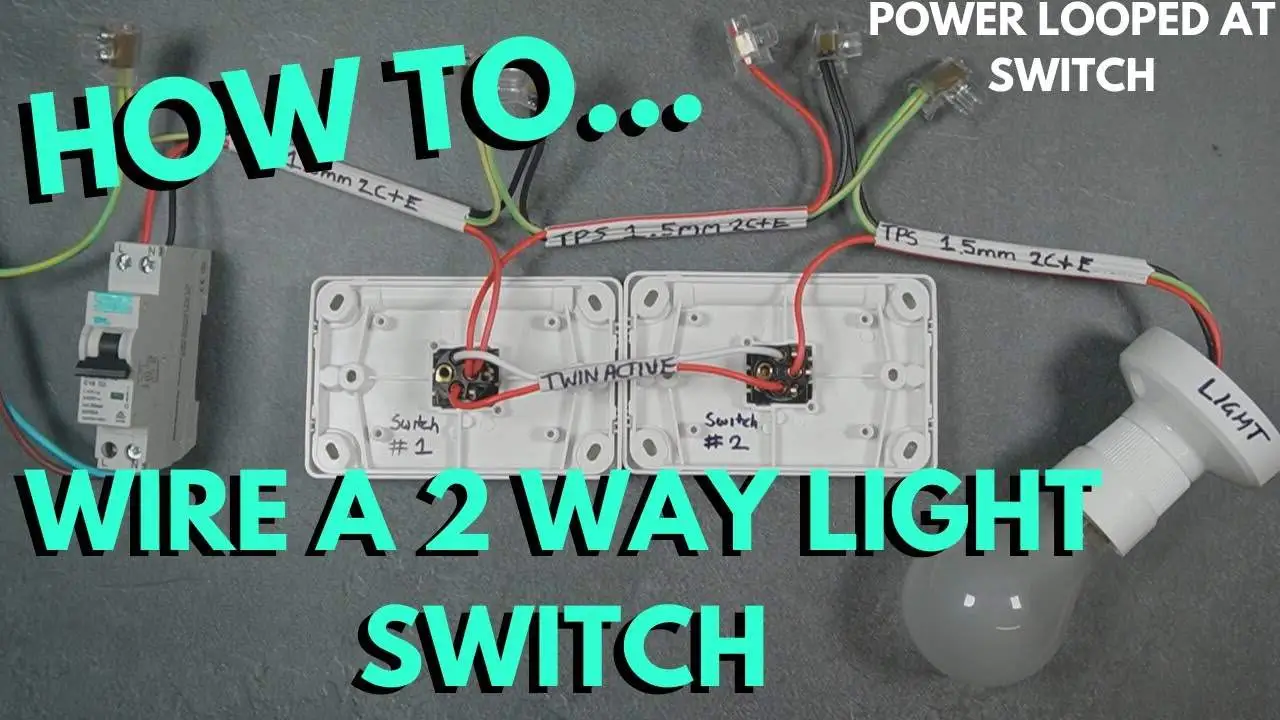
Learn how to wire a 2-way light switch effectively. This guide covers essential tools, step-by-step instructions, and safety measures for an installation.
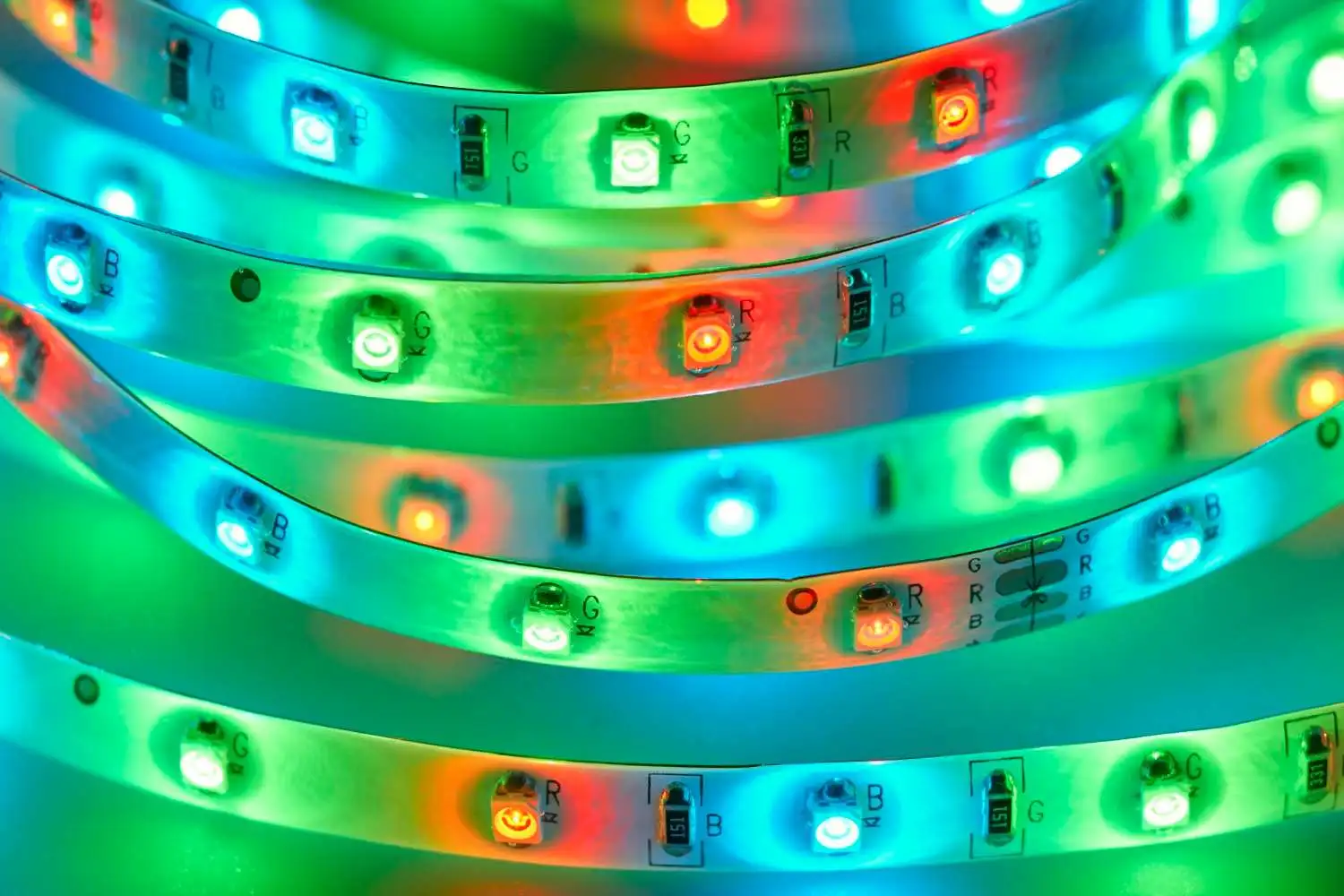
Choosing the right power supply for LED strip lights ensures performance and safety. Consider voltage, current, wattage, efficiency, and certifications.
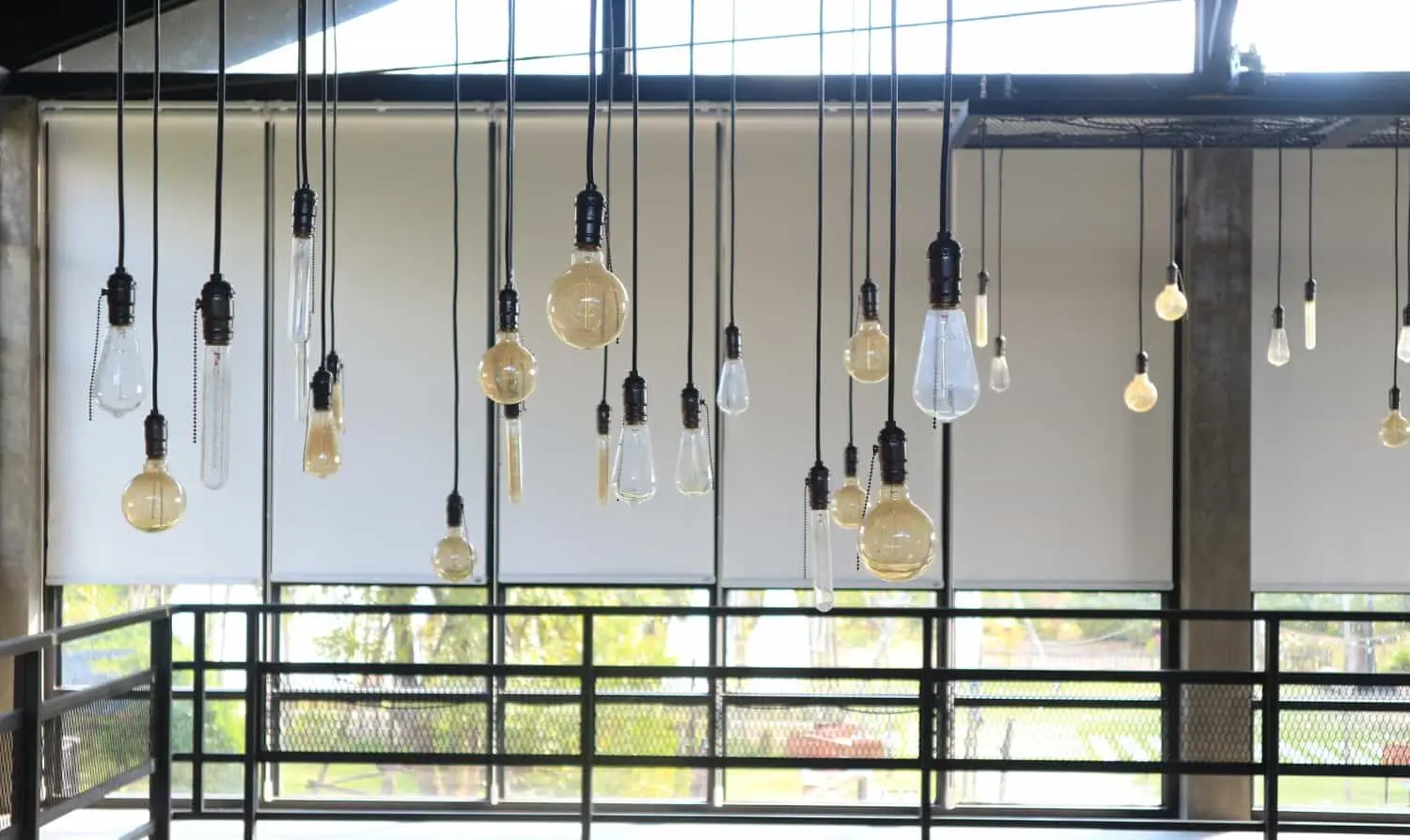
Discover the benefits of pendant lighting for your home. Learn about various styles, and their uses in enhancing aesthetics and functionality.
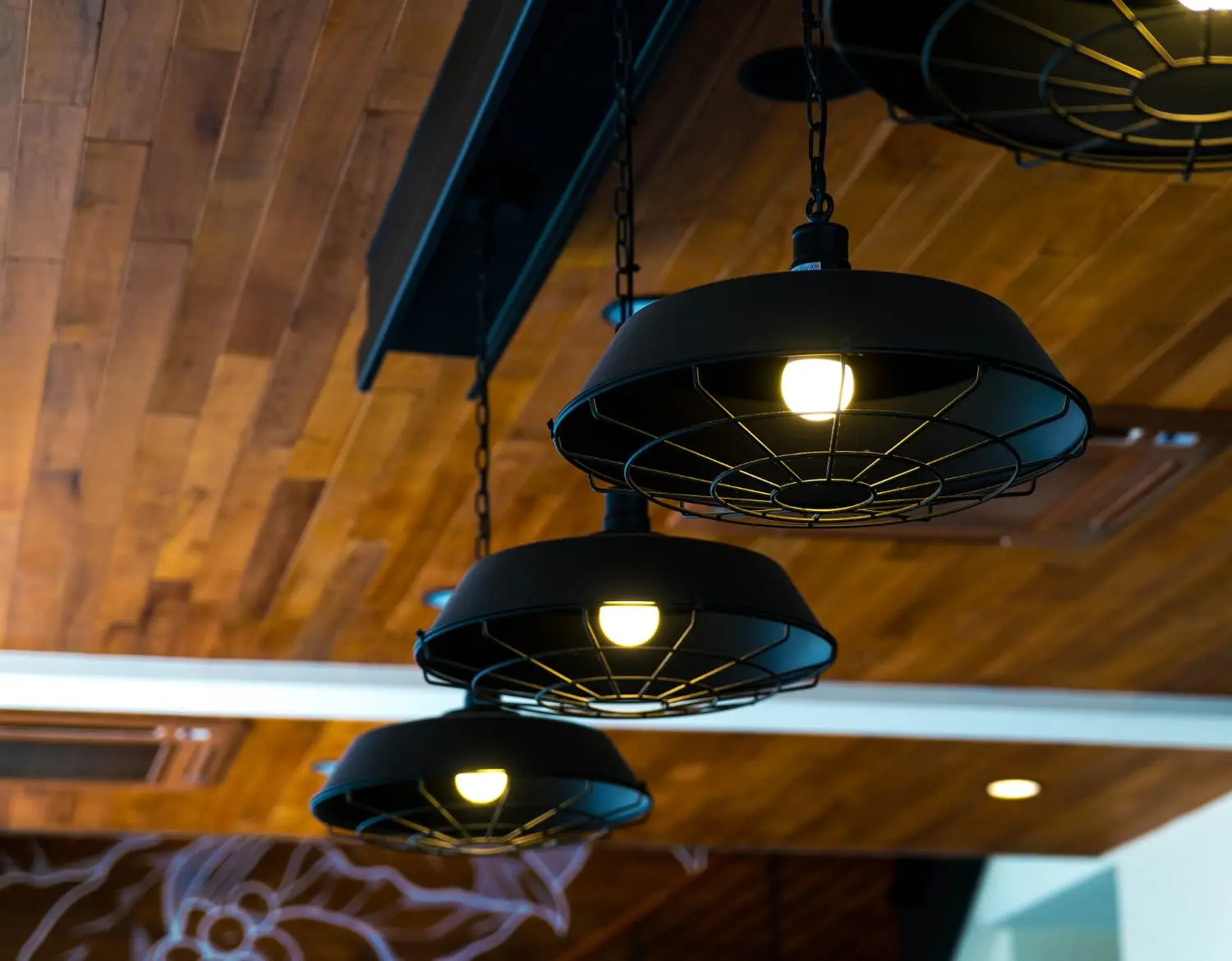
Discover top ceiling lights for your home, including pendant lights, chandeliers, flush-mounts, recessed, track lighting, cove lighting, and spotlights.



 | This LED Industry Research Report Is Worth 10,000 Dollars!Want to get reliable industry data to support your LED business planning? In this report, you will:
*Submit your email to download this file. Your personal info will not be shared to any 3rd-party person or organizations. |
WhatsApp us
*We respect your confidentiality and all information are protected.